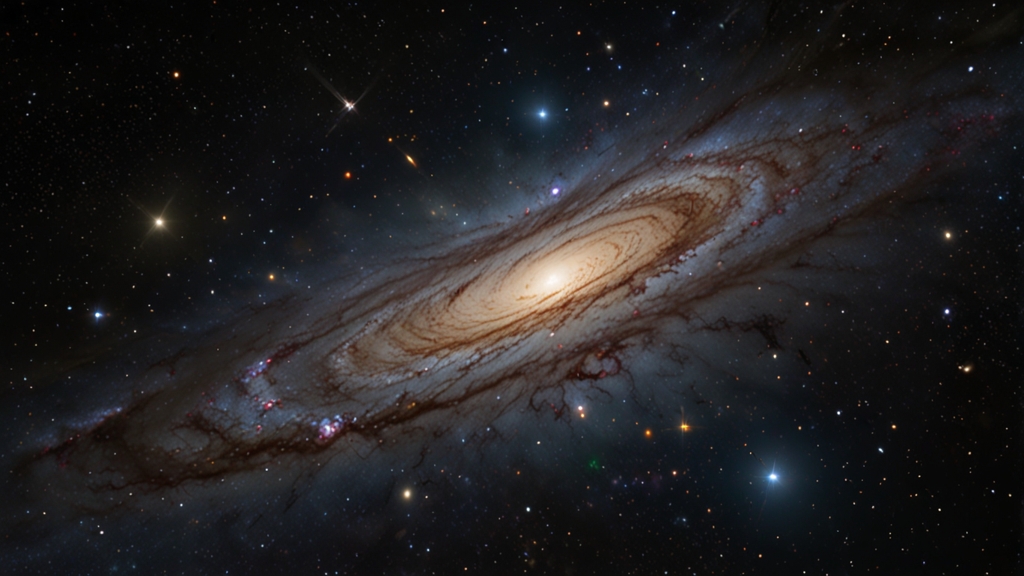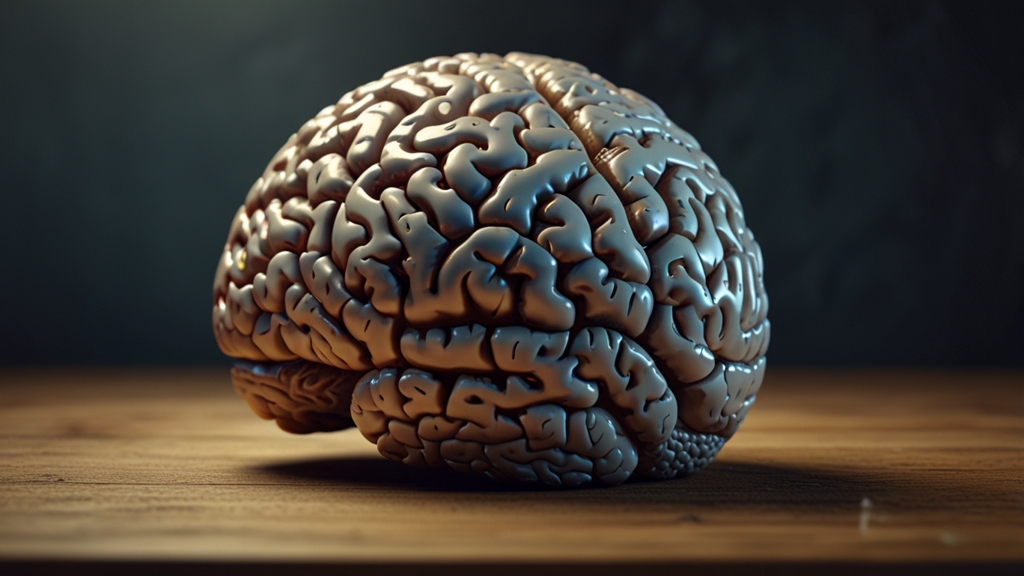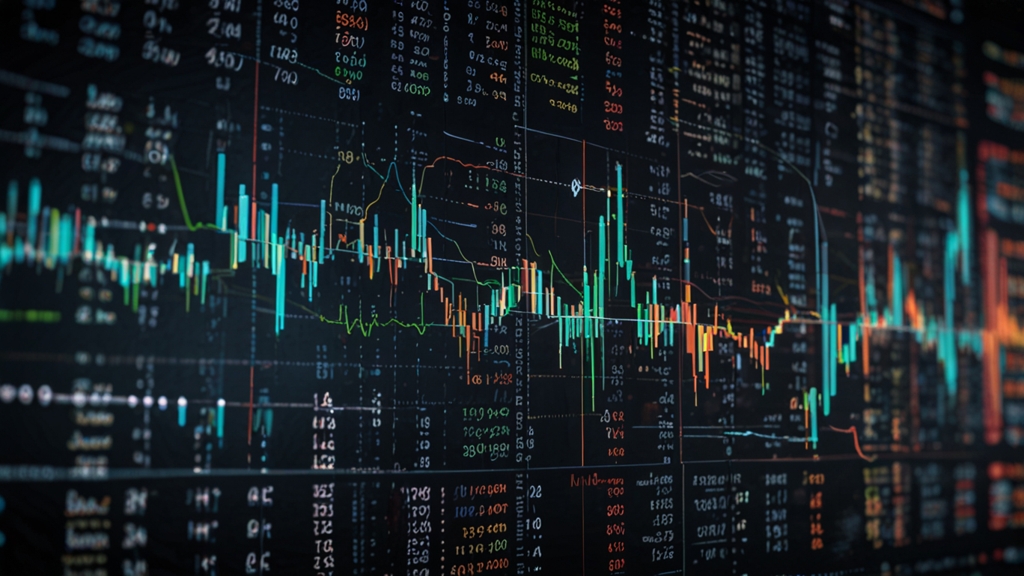Prophets and Their Predictions: The Secrets They Wove Through Time
Throughout history, humans have been captivated by the idea of foreseeing the future. This fascination has imbued prophets and their predictions with an aura of mystery and reverence. Prophets, seers, and oracles have existed across cultures and epochs, their prophecies often shrouded in enigma and complexity. Whether revered as direct channels to the divine or scrutinized for their cryptic messages, these figures and their predictions have left an indelible mark on humanity's path through time.
Ancient Oracles: Channels of Divine Insight
In the ancient world, oracles held a place of tremendous importance. Civilizations like the Greeks and Romans sought the wisdom of these enigmatic figures to guide their decisions. The Oracle of Delphi, for example, was considered the mouthpiece of Apollo and attracted pilgrims from all corners of the ancient world. Kings, warriors, and commoners alike would consult the oracle, seeking insight on matters ranging from war strategies to personal dilemmas.
"Know thyself" - Inscription at the Temple of Apollo in Delphi
This statement underscored the belief that understanding one's own nature was crucial to interpreting divine will and navigating life's challenges. The Pythia, the priestess of Delphi, delivered her prophecies in a trance-like state, allowing Apollo's words to be channeled through her in riddles and enigmatic verses that demanded careful interpretation.
Medieval Prophets: Voices Amidst Turmoil
As human history progressed into the medieval period, prophets continued to wield significant influence. One of the most iconic figures of this era was Nostradamus, whose quatrains have intrigued scholars and the public for centuries. His “Les Prophéties” contains 942 poetic quatrains that claim to predict future events. While skeptics question the specificity and validity of his predictions, many interpretations link his verses to significant historical events, including the French Revolution and World War II.
"From the calm morning, the end will come when of the dancing horse the number of circles will be nine."
This example showcases the cryptic nature of Nostradamus's predictions. Interpreters have linked this particular quatrain to a variety of events, reflecting the deep complexity and ambiguity inherent in prophetic literature.
Modern-Day Prophets: Echoes of the Past
In contemporary times, the tradition of prophecy has not waned. Modern-day prophets, though often existing on the fringes of mainstream belief, still claim to receive and deliver divine messages. Figures like Edgar Cayce, known as the "Sleeping Prophet," brought the concept of prophecy into the 20th century. Cayce's trance readings offered insights into health, reincarnation, and the future of humanity, intertwining scientific curiosity with spiritual exploration.
Moreover, the digital age has given rise to new forms of prophecy, with algorithms and predictive models often seen as modern oracles. These tools anticipate patterns and potential futures in ways that echo the human desire for foresight, though through the lens of data and technology rather than divine revelation.
The Lasting Impact of Prophecy
Prophets and their predictions continue to captivate the human spirit. They serve as a reminder of the enduring quest for understanding and the desire to glimpse beyond the present. While the methods and mediums may have evolved, the core human yearning for insight into the unfolding future remains unchanged. Whether through ancient oracles, medieval visionary literature, or modern-day AI algorithms, the legacy of prophecy weaves through time, reflecting humanity's perpetual dance with the unknown.










